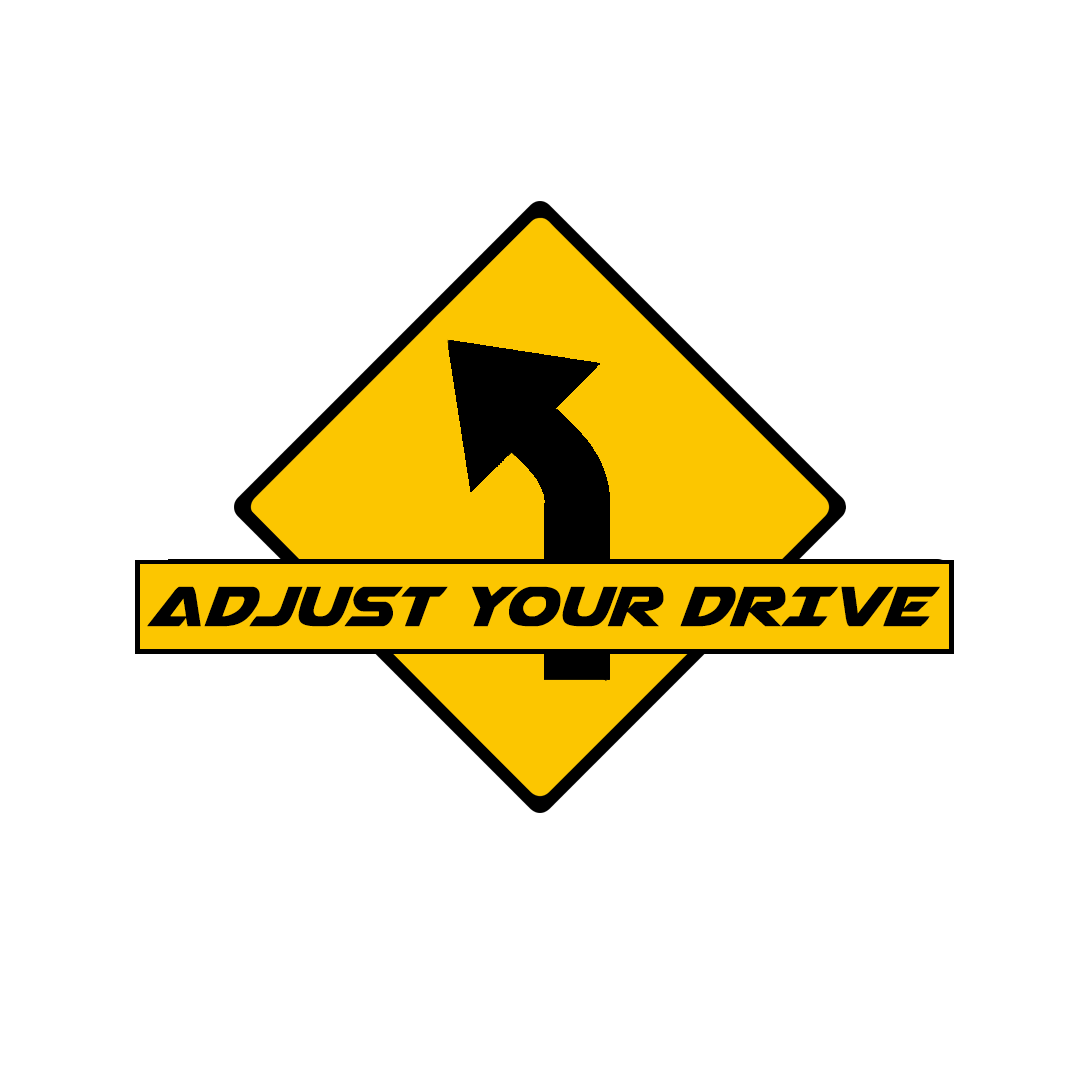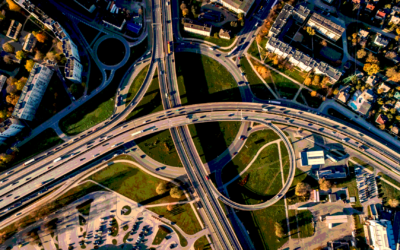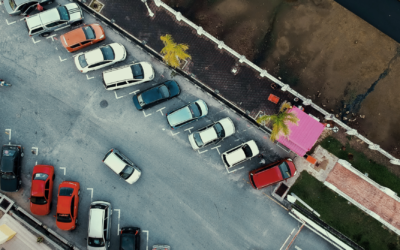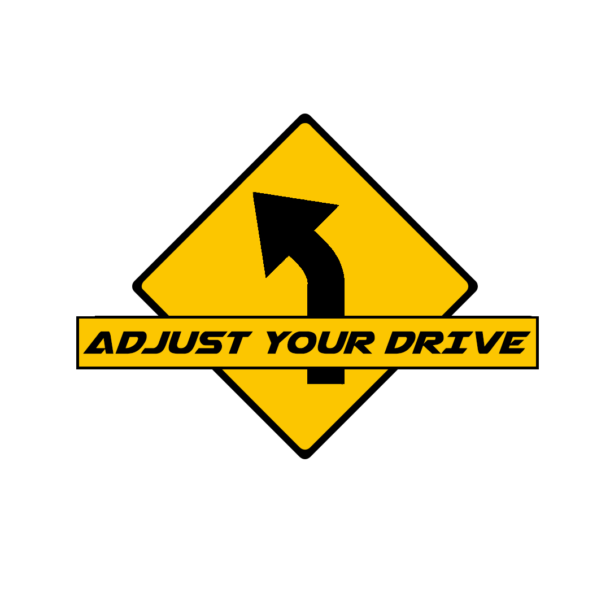A three-car accident can be confusing if you haven’t dealt with one before. With more cars involved there are more perspectives to consider, and more evidence to gather. But a good adjuster approaches a multi-car accident just like any other – methodically.
In this article, I will cover:
- The general rules for liability
- Common three car scenarios
- How insurance companies investigate and handle these claims
- Why these accidents happen
- How to avoid them
- What to expect if you are involved
The General Rule
It’s hard to give a general rule for a three car crash, because there are many different ways to involve three vehicles. I will break down some common scenarios below.
But the way to simplify as much as possible is to focus on the basics. Fault depends on negligence. Order of impacts and locations of damage are pieces of evidence. The driver or drivers who were negligent are at fault.
Typical Scenarios
Probably the most common three car accident is the multi-vehicle rear-end accident . This occurs when all three vehicles are in the same lane, and the impacts are front to back, front to back. There are two main variations:
The Chain Reaction Accident
In a chain reaction, there is one inciting impact. Driver A rear-ends Driver B, pushing them into Driver C.

In this case, the green car slows and stops for a red light. The pink car slows and stops behind them. Up to this point, no negligence. Then the blue car hits the pink car, causing the chain reaction of the pink car hitting the green car.
Often times the driver of the first car is confused about who to pursue for their damages. They instinctively feel like it was the blue car’s fault, but they also think the pink car must be responsible because they contacted the back of their car.
But if we look for negligent action, the pink car doesn’t have any. The pink car stopped safely. The blue car is the only one that was negligent. They are the proximate cause of the chain reaction, so they are responsible for 100% of the damages to both vehicles.
The Pile-Up

In a pile-up accident, there are multiple inciting impacts. Again, the driver of the green car slows and stops for a red light. But this time, the pink car is negligent in following too close. The pink car rear-ends the green car.
The blue car is also negligent in following too close, and rear-ends the pink car. The pink car is pushed back into the green car.
This is distinctive from chain reaction auto accidents, because there are multiple impacts and multiple negligent drivers. In this case, we will assume all the impacts were pretty equal in severity. Liability for the front vehicles gets split between the causes of multiple impacts.
Fault would be determined as follows: The blue car is 100% liable for the rear damage of the pink car, and 50% liable for the front damage of the pink car and the rear damage of the green car. The pink car is liable for 50% of the damage to the rear of the green car.
Again, these percentages assume all impacts were roughly equal, and there is no way to separate different areas of impact. The insurance adjusters working the claim will investigate through driver statements and damage analysis the severities of the different impacts. While it is not always an exact science, there is the possibility of varying percentages. For instance, the pink car being 25% liable for the green car’s damage while the blue car is 75% liable, because one impact is proven to be much stronger than the other.
Alternate Scenarios
Aside from rear-end type accidents, there are many ways to cause a three-car crash. Common scenarios include someone hitting multiple parked cars, someone going into oncoming traffic and causing multiple impacts, and any intersection accident where one car is pushed into others.
When determining fault in any of these scenarios, the handling adjuster will look for the first inciting incident, any subsequent inciting incidents, and any proof of negligence with the drivers involved.

In this example, three vehicles are traveling the same direction on a freeway. The yellow truck makes an improper lane change, and causes an initial collision with the green car. Because of the force behind the initial crash, the green car is pushed into the white van’s lane, making a secondary impact.
The yellow truck would be 100% at fault for both impacts. The middle car would not have impacted the third car had it not been for the truck’s actions.

To show one more layer of confusion, we’ll look at this left turn accident. The green car is making a left turn at the intersection. They have a duty to yield to all oncoming traffic. The white van is at a complete stop, waiting for their light to turn. The yellow truck is going straight through the intersection, so they would have the right of way. However, the driver of the yellow truck is texting his girlfriend about dinner. He does not notice what traffic is doing at the intersection ahead of him.
The green car makes their left turn, and the yellow truck hits them at high speed on the rear quarter panel. The green car is pushed into the white van.
This is a case of comparative negligence. The green car is majority at fault because they failed to yield to oncoming traffic. However, the yellow truck shares some responsibility here. The exact percentage might be argued depending on other details such as the speeds involved. But we’ll say the truck driver admitted to texting, did not see the green car at all, and did not brake. The truck is probably liable for around 30% of the accident for all these factors.
Depending on the state’s comparative negligence laws, the green car and the yellow truck may owe each other percentages of their damage. In some states the green car pays, in some states they both pay, and in a few states neither pays the other. However, the white van is an innocent party. So the green car would owe 70% of the white van’s damage, and the yellow truck would owe 30%.
Investigation
When handling a three car accident, the insurance adjuster will need to complete a thorough investigation to determine coverage, liability, and damages. For this article, I am focusing on liability.
The first thing is usually to take recorded statements from each driver. In many cases, all parties agree on what happened, making liability an easy decision. But in some cases, there are disagreements. An adjuster has a professional duty to follow the evidence.
Beyond the driver statements, the adjuster will consider video evidence, witness statements, scene photos, damage photos, and the police report. Video evidence is a gold standard, but even that can’t always show everything. For instance, video doesn’t show what a driver was seeing or intending. Witness statements are the next best thing, but they are often limited by the perspective of the witness, and whether or not they were paying attention as the accident unfolded.
Scene photos are very helpful in terms of laying out what happened. These photos can show the location of a stop sign or traffic lights, and prove the layout of different lanes. Damage photos can be very helpful in showing not just the location of impact, but the direction of travel. After seeing countless damage photos, many adjusters are well versed in analyzing things like paint transfer or punch-in vs scraping damage. The police report is a great tool for confirming evidence, who was at the scene, and often what the drivers said immediately after the accident. However, the police officer does not make a binding decision on liability.
One aspect of investigation that is unique to a multi-vehicle car accident is an emphasis on number of impacts. In a rear-end type crash, this is a way to determine if it was a chain-reaction car accident, or a pile-up. If each driver says they felt one impact from behind and they were pushed forward, that indicates a chain-reaction with a single at fault driver. If drivers report multiple impacts from behind, that indicates multiple at fault drivers.
Why Do These Accidents Happen?
With multi-car rear-end accidents, the root causes are much the same at two-vehicle rear-ends. Drivers routinely fail to maintain proper following distance. Drivers are in a hurry, and grow complacent after countless commutes without having to make an emergency stop. Unfortunately, when you make a habit of driving too closely, you are setting yourself up to be at fault for an accident.
Another common cause is a distracted driver. Most people underestimate just how far they travel each second, especially at high speeds. To take your eyes off the road is like jumping forward with your eyes closed.
With other types of multi-car accidents, the root causes vary depending on the type of accident. I will go into further detail in future articles in this series.
How To Avoid Multi-Car Accidents
As with other rear-end accidents, the first thing you can do is leave enough space between you and the car in front of you. I’ve said it before and I’ll continue to say it: most people follow too close.
The best way to judge your following distance isn’t actually in distance at all. It’s in time. That’s because the fast you go, the more distance you will need to stop. At 20 mph, you’re traveling 30 feet per second. But at 55 mph, you’re traveling 80 feet per second. If you leave 3 car lengths regardless of speed, that’s only about 45 feet. That might be fine at 20 mph, but at 55 that’s less than the average reaction distance. This means that for most people, you’re going to hit the car in front of you before you can even hit the brakes.
That’s why the best recommendations are to leave 2-3 seconds following distance in normal conditions.
Watch the car in front of you pass a sign or street marking. You should be able to count 2-3 seconds before your car passes the same mark. The higher the speed, the longer the physical distance will be. If you can’t count that long, you are probably following too closely. If the car in front of you has to stop, you are at risk of causing an accident.
Many chain-reaction accidents happen at red lights or other places where stopped cars are lined up. In those situations, it is best to leave a bit of distance between you and the car ahead of you. The general recommendation is to stop where you can still see that car’s rear tires. In minor to moderate rear-ends, that should be enough space to avoid contact with the front vehicle and avoid taking front damage along with rear.
What to Expect If You Are In a 3 Car Accident
At-Fault Driver
If you are the at fault party in a multi-vehicle collision, you will need to talk to your insurance company to have it covered. They will open a liability claim to handle damages for the other parties. Once they have investigated and accepted liability, they will handle the other parties’ damages, up to your policy limits.
The more vehicles that are damaged in an accident, the more likely those damages reach or exceed your liability limits. This is why it is important to be sure you are set up with limits that will properly protect your personal finances. State minimums are not good enough in most cases. Some states only require property damage limits of $5,000. If you cause significant damage to one car, let alone two cars, it can easily run over $5,000. You may be left personally responsible for the rest.
If you have collision coverage for your vehicle, they will handle they cost of repairs, minus your deductible. If your car is a total loss, they pay the cash value of your vehicle, minus your deductible. And if you have rental coverage, they will set you up with a rental according to your coverage amount and policy limits.
If you are injured while at fault, you will be able to use whatever first-party coverages you have available. Depending on your state, this can include Personal Injury Protection (PIP), or Medical Payments Coverage (MedPay). If you do not have medical coverage through your car insurance, then you will need to use whatever health insurance you have available.
Not-At-Fault Drivers
If someone else is at fault for your accident, in most states you will have the option of using your own insurance or the at-fault insurance company to handle your property damage. If you go through your own insurance company, you will use whatever collision and rental coverages you have available. You will be responsible for your deductible. Some insurance companies have options to cover your deductible if the other company has accepted fault, but that is a case-by-case basis. Be sure to check with your company about their options.
Your insurance company will cover your damages, then pursue the at-fault company in a process known as subrogation. The at-fault party’s insurance owes for the damage caused, so they will need to pay your company back, including any deductible.
You would also have to option of pursuing your claim directly with the at-fault insurance carrier. You are owed fair compensation for your property damage, which can include payment for repairs or the value of your vehicle, a rental car covered for a reasonable time period, and reimbursement for any other items damaged in the collision. Additionally, some states allow for diminished value claims, but those claims tend to be limited to very new vehicles.
Injury Claims
If you have been injured in a 3-car accident, you first need to think about getting proper medical attention. Get checked out, and follow your doctor’s medical advice regarding treatment.
You need to know where your medical bills get paid. Your bills will initially be covered by your first party coverage. Depending on your state, this can include Personal Injury Protection (PIP), or Medical Payments Coverage (MedPay). If you do not have medical coverage on your car insurance, or if your PIP/MedPay limits are paid out, then your personal health insurance is next in line. Last in line to pay is any Medicare or Medicaid coverage.
Separate from normal coverage of your medical bills, you will have a bodily injury liability claim with the at-fault company. Fair compensation for your injuries typically includes both economic and non-economic damages.
Economic damages are the solid numbers. This can include medical bills, ambulance bills, prescription drug costs, and lost wages due to your injuries. If these costs have been covered by your insurance, then part of your settlement will reimburse them.
Non-economic damages are intangible items. This is often called general damages, or pain and suffering. Typical amounts for general damages vary widely depending on the details of your case, including the diagnosed injuries, treatment provided, impact on your personal life, venue (the location of your case), and many other potential factors. Each injury case is as unique as the person who was hurt.
Injury liability claims are always paid in the form of a settlement. This is a one-time payment inclusive of all items related to your injuries. You will typically need to sign a release before any payment is made by the at-fault company. Do note that injuries are handled separately from property damage. You can have them pay for your vehicle without settling your injury claim.
In multi-vehicle accidents there may be contributory negligence from multiple drivers. Each driver’s insurance company will owe for their percentage of fault. If you are an innocent party, this can mean settling partial claims with multiple companies. If you are partially at fault, this may mean only receiving partial payment of your claim.
Do I Need a Lawyer?
As a former adjuster, I cannot and do not give legal advice. I cannot tell you what your claim is worth or if you need legal counsel.
However, I can tell you that you are not required to have an attorney handle your injury claim, and many injury claims are settled directly with the injured party. An injury settlement is an agreement between you and the at-fault insurance company. Those two parties are the only ones who can finalize an agreed settlement amount.
However, if you do feel you need legal advice, or just to review your options, you can contact a personal injury lawyer in your area. An experienced car accident attorney may be able to give you more detailed information about the specific laws and processes in your state, as well as their opinion of the value of your claim. If you do want to consult an attorney, I would recommend finding someone local, as they will know your area better than a large chain or out-of-state firm.






0 Comments